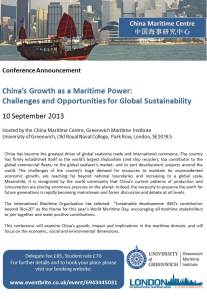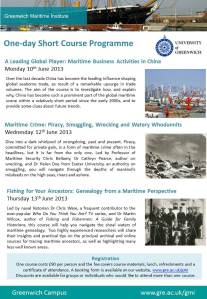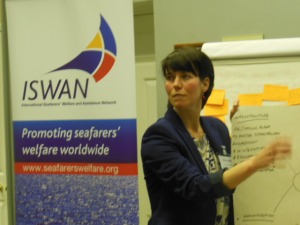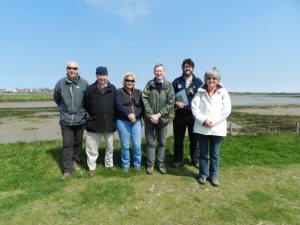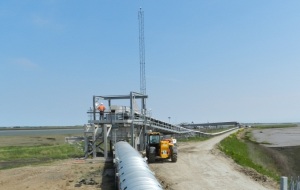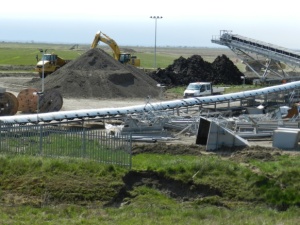The United Kingdom is a country whose economy depends on maritime transport, and efficient shipping. As a matter of fact, Great Britain has a coastline with a length of 17,381 km, which is the longest coastline of all the European Union member countries. Additionally, more than 95% of the volume of British international trade is passing through the ports of UK. As far as the domestic trade is concerned, over 7% of the cargoes are delivered through British domestic seaports and inland waterways. Furthermore, the British merchant navy nowadays owns a high-tech fleet, which consists of container ships, tankers, dry bulk carriers, cruise ships and ferries, which are fueling the growth of a significant British offshore support industry.
The Proud History and Glorious Prospect of the UK Maritime Industry
The British maritime industry has been well-known globally for many centuries. Along with the outbreak of the British Industrial Revolution (18th century) and the consequent rapid growth of the international trade (19th century), the British shipping industry has experienced a significant economic development and growth. As a result, the port of London, has succeeded in becoming not only the key port of Europe, but emerged as the main centre of the global shipping industry of the 19th and 20th centuries.
However, during the last quarter of the 20th century, the centre of the global economy and trade has moved partly to Asia. As a result, new and dynamic economic-, trading-, and shipping centers have been developed, for example the ports of Hong Kong, Singapore, and Shanghai. Consequently, the proportion of the UK’s share of the world trade declined from 22% in 1870 to 3.7% in 2007. Nevertheless, Britain remains even today one of the leading forces in world trade system, which gave a strong impetus towards further strengthening and development of the UK shipping industry, allowing London to retain its position as the center of the global shipping industry.
As an international shipping centre, London covers almost all sectors of the global maritime industry, including: shipping finance, marine insurance, courts of arbitration, ship broking services, maritime classification societies, registers of ships, ship agencies, consultancies, maritime training services, shipping publications, and many more shipping-related services. Βringing all of these shipping services in the city of London has resulted in the emergence of the latter as the center, into which the international policies of the shipping industry are being shaped. At this point we have to mention that the above mentioned shipping services of Londona and of the United Kingdom as well, are of great value to the other maritime countries, especially to the emerging economies such as China, Brazil, etc.
In the down-to-earth dedication to the UK Marine Industries, the UK Marine Industries Alliance has done excellent jobs. Firstly, the UK Marine Industries Alliance is bringing together all aspects of this diverse sector with the goal of working together to secure the maximum opportunity for the industry to flourish. Moreover, all UK companies, trade associations and public sector agencies operating in the marine sector are offered free membership of the UK Marine Industries Alliance, and use of its brand identity.
In the wake of the global economic crisis in September 2008, the world shipping business conditions wholly deteriorated under the double blows of the decline in freight demand and the excess shipping capacity. The financial crisis has forced the international trade patterns to change greatly, which has led the global shipping industry into a structural adjustment period. As a result, the UK Marine Export Strategy identifies some of the most promising sectors for British companies to target, including offshore oil & gas, naval defense and leisure boats & equipment. Featuring eight recommendations for growth, the strategy also includes detailed analyses of emerging and mature economies across the world that present the best opportunities for exports.
In October 2012, London Maritime Promotion Agency, composed by the British shipping companies, which possess 2 billion Euros (16.3 billion RMB) in the British Gross Domestic Product (GDP), has established the cooperative relations with the Chinese shipping industry in the 3rd International Shipping Strategy Development Forum hosted in Shanghai. The Marine Industries Growth Strategy (MIGS) is the first ever integrated UK strategy for the marine industries and establishes a foundation for long-term growth. If properly implemented, the strategy could lead to a £25 billion marine industry by 2020.
Despite the world financial crisis, the British shipping industry – the international shipping centre of London included – still holds a solid position in the international maritime industry, based on a 300 years accumulation of shipping services experience. Britain remains even today one of the strongest economic and trade powers in the world today, providing sound support for a continuing development of the shipping industry in the whole country.
Yifeng Liu, MA International Maritime Policy Student


